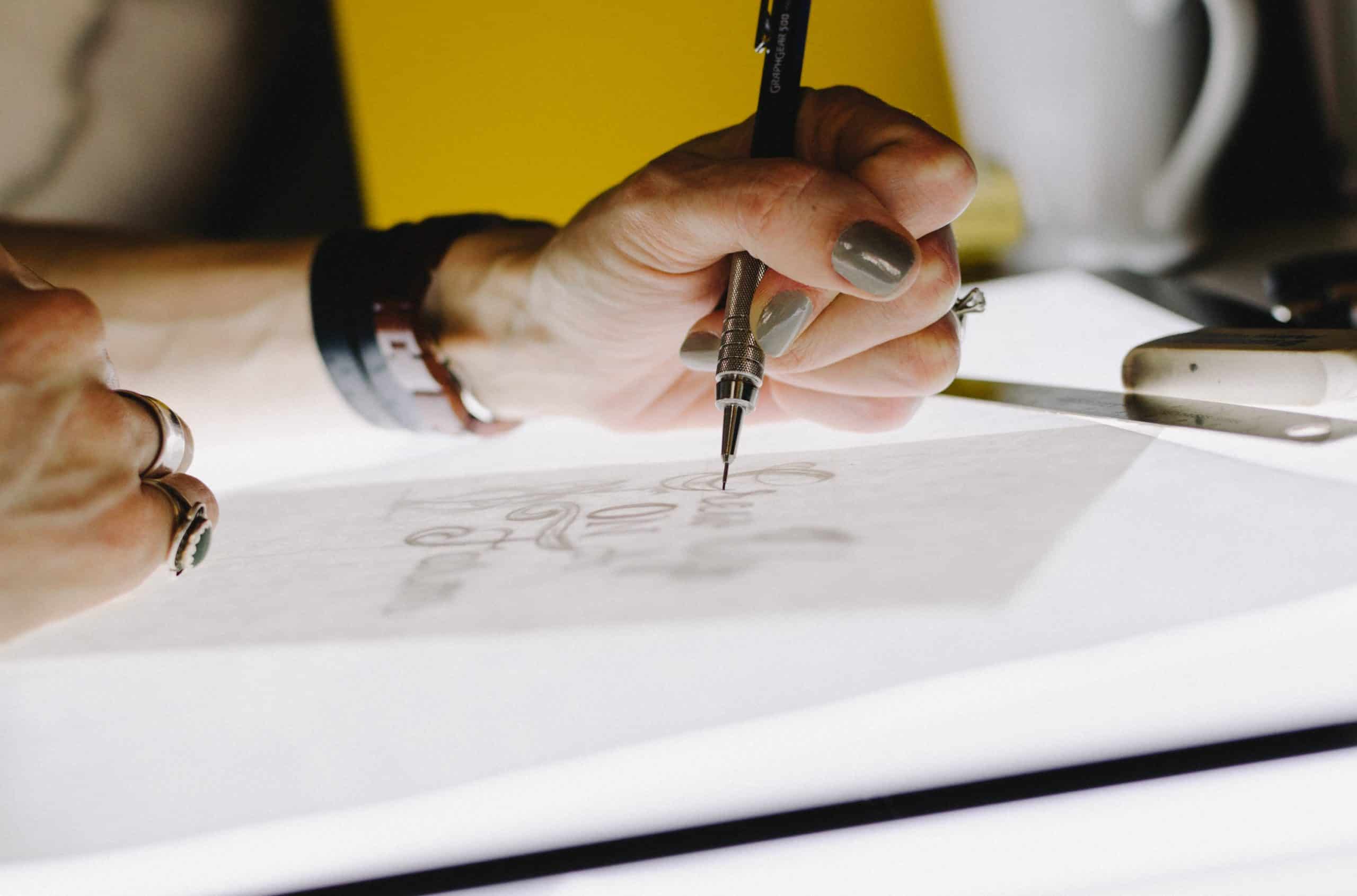Design psychology is a really interesting topic, and it’s something we wanted to dig into a little bit deeper. We talked about two of the most commonly used tactics in another post, but the truth is there are countless ways you can use design elements to help lead consumers into conversion.
And like I said before, this isn’t about being manipulative or sneaky. It’s just setting the mood and helping people become customers.
Here are some of the top design psychology tips and tricks you’ll see happening in apps and on ecommerce sites, and ones worth giving a try if you want to increase your own conversions.
TLDR; Contents
Reduce the Number of Steps it Takes to Make a Purchase
People will not, and should not, jump through hoops to make a purchase from you. Remove as many barriers as possible and keep the purchase-process simple stupid.
Show Browsers Your Best Stuff First
How many products do you have listed? It could be hundreds or even thousands. When people are browsing, they haven’t come to search for a specific item. You want to make sure those people see your best sellers, the stuff they are more likely to want, first. They may only see a few things so you want to optimize that opportunity.
Don’t Let People Drown in Options
In some instances, giving people too many options to choose from can stop them from making a choice at all. Restricting choices can help people focus on a few options and actually make a choice. While you want your browsing experience to offer a wide variety of options, the best way to facilitate short-term conversion is actually to restrict the number of choices.
Combine the Power of Animation and Color Schemes
It’s no secret that colors have a massive impact on how people feel about brands. Countless studies and experiments have shown that much of our judgment of brands can often be based on color alone.
The opportunity to use animation to convert is huge when done properly. Animations used poorly can be distracting and counterproductive, but when used properly they can improve usability, provide a better user experience, and even trigger mechanisms in our mind.
Combining the right colors with the right motions can create the ideal environment for conversions to happen. Don’t forget this one – it’s one of the most effective design psychology tips we know.
Provide Plenty of Options and Variables During Checkout
We all know that a bad checkout or shopping cart experience is enough to derail a sale and create a bad user experience, but this is about more than that. We don’t just want to make it easy for people to buy things, but we want to make sure we’re providing as many variables and options as possible to ensure everyone’s needs and preferences are being accounted for. Without complicating the process, of course.
For example, not everyone wants to create an account to make a purchase. Allow for both options so you don’t lose people. Make sure you accept every potential payment option, including PayPal and Apple Pay. Users should be able to add things to their cart with ease, without losing their current place. Can they click over to their cart regardless of where they are on the site? These are all things that will help ensure you’re giving people exactly what they want, without over-complicating things.
Choose Your Copy Wisely
Words matter, and you want to make sure your users can relate to the language you’re using. What are their main priorities? You want to ensure your copy makes it clear those are your priorities, too. Your copy should be easy to read, engaging, and provide a positive experience.
Whatever way you slice it, there are many things you can be tweaking and improving to keep driving those conversion opportunities. Those are some of the design psychology tips coined by industry experts that should have you well on your way to designing high-converting apps and ecommerce sites!





